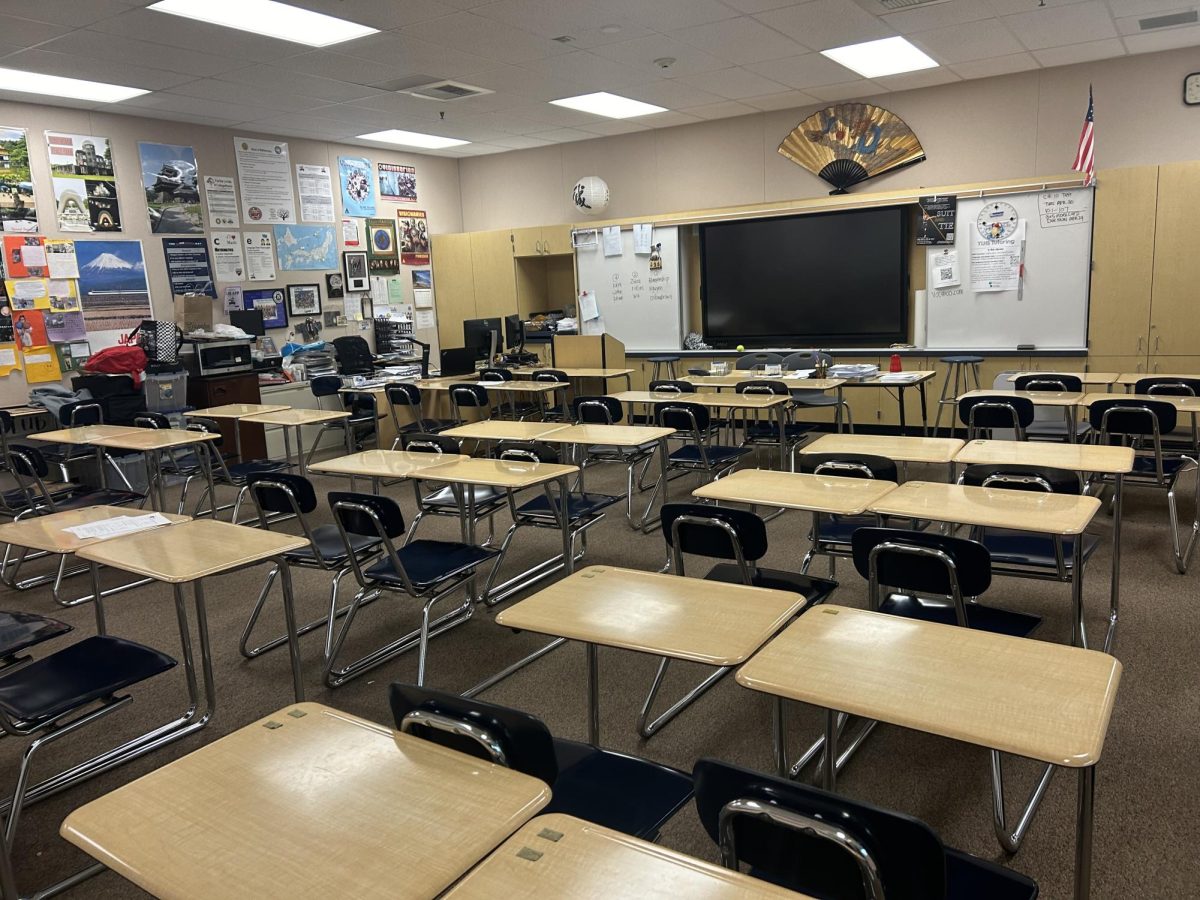I’m sure we have all been in this situation at the beginning of the school year or second semester when your teacher asks everyone to line up across the wall and wait until each person’s name is called for assigned seating. While there is debate on whether or not assigned seating is beneficial, depending on the location of the seat and the people around the desk, seating arrangements can affect students.
Most classroom layouts have a smart board at the front, and the desks are arranged facing the board. Studies have found that in this situation, sitting in the front helps students focus on learning the subject more than those in the back. Partly because the board being in the front makes it easier to pay attention, sitting in the back can also be more of an academic struggle since it is less likely for the teacher to catch students who are distracted from the lesson being taught (NSTA). In the case of table groups, no matter where one sits, collaboration and communication will indeed occur. Sophia Mou (10) comments, “Collaborating with others exposes you to various demographics, which introduces the concept of flexibility. Teamwork and communication allow you to gain new perspectives and practice active listening skills.” By encouraging students to work together, this seating arrangement can also affect the relationships students build with each other.
When teachers assign students to specific desks, they are essentially setting the stage for potential friendships. Over the course of an hour each day for ten weeks (one quarter), desk neighbors have ample time to bond. This underscores the influence of proximity on relationship formation; individuals who are physically closer are more likely to connect, compared to those who are further apart (Verywell Mind). With this in mind, seating arrangements can be a catalyst for the initiation or strengthening of peer relationships.
If a student is fortunate enough to be seated next to a friend, it can enhance their classroom experience. Kelsey Ikemoto (10) shares, “I enjoy my classes more when I’m seated next to my friends.” The presence of a friend can boost comfort levels and enthusiasm for the class. However, there are also potential downsides. Sitting next to friends can make it easier to lose focus on the lesson and can be more distracting during individual work (Mane News). Ultimately, it’s about striking a balance and knowing when to prioritize focus.
From elementary to high school, students go through numerous seating charts. Some might have ended with friendships, while others remain peers in the same class. Regardless, where people sit and who they sit next to in class can strongly determine how that class will be for students. On that note, there is a slight possibility the person you are sitting next to could be the one you marry someday; you never know!




























